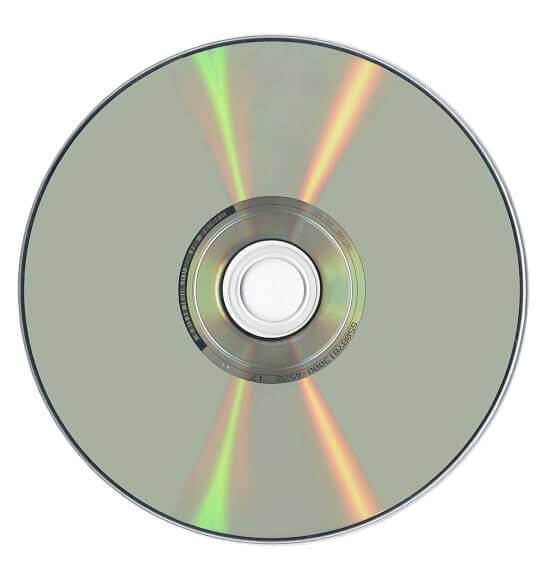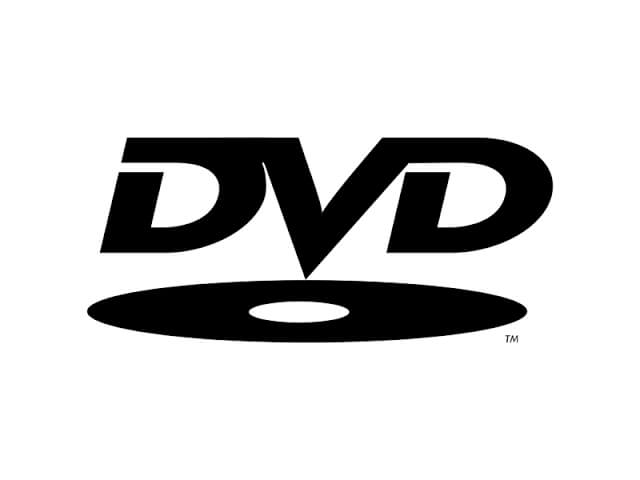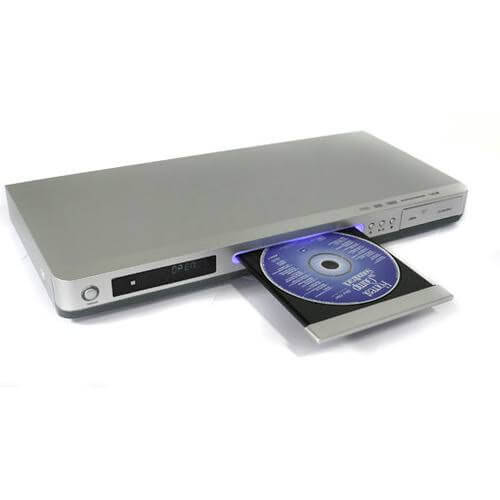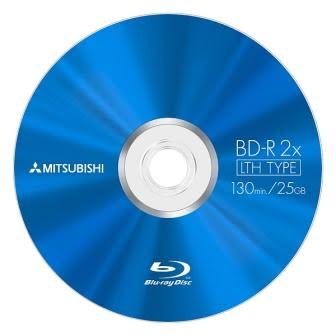Full Form of DVD
DVD Full Form
DVD stands for Digital Versatile Disc or Digital Video Disc. It is a digital optical disc that is used for storing data. This hardware was developed in 1995 and released in late 1996. The DVD allows to store more data in comparison to Compact Disc (CD) but the dimension of both is the same. By using the DVD with DVD players, computer software and other digital files that include the video programs can be watched. The digital data can easily be stored on a DVD.


HISTORY
Before the development of DVD, several formats were introduced for recording video on optical discs. In 1963, two American engineers David Paul Gregg and James Russell invented the technology of optical recording. Then in December 1978, in the US, LaserDisc, a consumer optical disc data format was developed.
The MMCD nomenclature became out of trend and the DVD or Digital Video Disc, a new format was used by Phillips and Sony in January 1995. That was the Multimedia CD (MMCD). On the other hand, Matsushita Electric and Toshiba were using Super Density Disc (SD). These discs were incompatible which gave birth to a VHS/Betamax type war.
The SD camp’s representatives asked IBM to get help. They want their advice about which file system to be used in the company’s discs and the related sought for their format so that data can be stored. A researcher of IBM’s Almaden Research Center named Alan E. Bell to go through this request. He collected the knowledge about the MMCD development project. By the end of 1995, both the groups agreed to use a single format that was known as DVD.
Samsung started to produce the DVDs on a large scale by September 1996. They launched this format first in Japan on November 1, 1996. A large number of music videos were released in the country through DVDs. On December 20, 1996, Warner Home Video became the first major release through this format.
The two qualities of the DVD that made it different from other mediums were: it has enough capacity and speed with high-quality video and audio, and a low-cost delivery mechanism. These were the huge reason behind the wide adoption of DVDs.
DVD Recordable and Rewritable
The credit for developing the recordable DVD media goes to HO Company. Data can be stored for backup and transport with the help of this recordable DVD media. Other than this, these DVDs also help in recording the consumers’ audio and video.
The DVD+R/RW and DVD-R/RW, both the formats are used to write in most current DVD writers. Both these formats are supported by most DVD hardware. But the format including DVD+R/RW/DL faced some damages while read by some early DVD players.
DVD Recordable and Rewritable
The credit for developing the recordable DVD media goes to HO Company. Data can be stored for backup and transport with the help of this recordable DVD media. Other than this, these DVDs also help in recording the consumers’ audio and video. The DVD+R/RW and DVD-R/RW, both the formats are used to write in most current DVD writers. Both these formats are supported by most DVD hardware. But the format including DVD+R/RW/DL faced some damages while read by some early DVD players.

A DVD Burner Drive for a PC
Dual-Layer Recording: A double or dual-layer recording allows DVD+R and DVD-R to store the data of 4.7 and 8.5-gigabyte capacities respectively. The additional capacity DVD+DLs were developed but their write speed was slower than DVD+R. DVD+R DL was introduced for the DVD+RW Alliance while DVD-R DL was introduced for DVD Forum by Mitsubishi Kagaku Media (MKM) & Philips and Pioneer Corporation respectively.
CAPACITY
The capacity of basic types of DVDs with a diameter of 12 cm is calculated in gigabytes. This is the standard DVD while a DVD with a diameter of 8 cm is called a MiniDVD. The storage capacity of DVDs varies in different formats. The capacity of some of them is given here:
- One of the most common DVDs, a single-sided, single-layer disc has a storage capacity of 4.7 GB.
- A single-sided double-layer disc has a storage capacity of 8.5 GB to 8.7 GB.
- A double-sided, single-layer disc has a storage capacity of 9.4 GB.
- The double-sided, double-layer disc which is rarely used, is capable of holding up to 17.08 GB.
Tracks on a DVD
The tracks of DVD circles from the center to the edge with a distance of 740 nanometers between each of them. There are pits on the aluminum side of the disk but the other side has bumps that are read by the laser. These bumps are very small and can be read only by a very precise mechanism. A data track of a DVD layer has a length of about 7.5 miles. The length of the track of a two-sided disc would be 30 miles.
DVD Drives and Players
The basic difference between DVD drives and DVD players is that DVD drives read the DVDs with the help of the computer while DVD players read the DVD-Video as well as DVD-Audio discs without the involvement of the computer.

Laser and Optics: All three common optical disc media, i.e., CD, DVD, and Blu-ray use the light of laser diodes for spectral purity. Light of 650 nm wavelength (red) is used by DVD, 780 nm (infrared) by CD, and 405 nm (violet) by Blu-ray Disc.
A smaller pit on the media surface is allowed by the shorter wavelength of DVD which helps in increasing their storage capacity.
Transfer Rates: The first DVD drives and players had a read and write speed of 1,385 kB/s or 1×. In the recent models this speed is 18 to 20 times higher, i.e., 18× or 20×. DVDs can spin at a speed of 32000 RPM which is much higher than CDs.
Disc Quality Measurements: The measurement of the rate of data errors helps in determining in advance the losses of data that can occur due to deteriorating media. Hence it can conclude that the quality and data integrity of optical is measurable. These errors can be measured as:
- Parity Inner Error (PIE)
- Parity Inner Failure (PIF)
- Parity Outer Error (POE)
- Parity Outer Failure (POF)
Tracking errors, laser beam focus errors, jitter, and beta errors are some of the other parameters that measure the quality of the disc. The reason behind these errors can be a deteriorating media, lower media quality, or a defective DVD writer.
DVD-VIDEO
To distribute video/audio content on DVD media, DVD-Video is used. The DVD-Video format was first time sold on November 1, 1996, in Japan. Soon it became the presiding form of home video distribution throughout the country. But over the years Blu-ray disc surpassed this format. The sale of the disc was begun on March 31, 2006, in Japan. In the whole world, the dominant form of home video distribution is still DVD-Video (Japan is an exception).

DVD-AUDIO
The format of a DVD-Audio helps in delivering high fidelity audio content on a DVD. There are a lot of channel configuration options at various sampling frequencies in a DVD-Audio. The audio quality in a DVD is much higher than in a CD format. Because in a DVD the sampling rates are higher, sampling resolution is greater and additional channels for the reproduction of spatial sound.
Successors and Decline
The two successors to DVD were released in 2006 that include HD DVD and Blu-ray Disc. In the format war of 2006-08, HD DVD was defeated by Blu-ray Disc. The storage capacity of a dual-layer HD DVD is 30 GB while a dual-layer Blu-ray Disc is 50 GB.
The video-on-demand services are giving high competition to DVDs. Now many people preferred to buy or rent the video from an online service. In 2017, it was the first time when digital streaming services overtook the sales of DVDs and Blu-rays.
Longevity
The longevity of a DVD can be measured by how long the disc can store a particular data in its original form without harming it. The composition and quality of the media, storage conditions, the quality of the initial recording, etc. are such factors that may reduce the life of a DVD. According to NIST, for the long life of DVD, it should be stored at a temperature of 18°C and 40% RH (Relative Humidity).
In a research project of NIST/LoC which was conducted in 2005-07, the accelerated life of fifteen DVD products was tested. In the research, it was concluded that the life expectancy of these products varies from more than 45 years to less than 15 years.
Frequently asked Questions
Q. Which was the first film to feature on DVD?
Ans. The very first movie that featured on DVD was Twister on March 25, 1996.
Q. Can a DVD drive read CDs?
Ans. Yes, all DVD drives can read CDs as well as DVDs.
Q. Can DVD read and play on a computer?
Ans. Yes, DVD can read and play on a computer. But for this, a DVD-ROM drive and a DVD player software are required on your computer.
Q. What is Media Identification Code (MID)?
Ans. The spiral groove that makes the structure of a recordable DVD is known as Media Identification Code (MID). The unaltered identification data is encoded by this MID. Data such as manufacturer and model, byte capacity, allowed data rates or speed, etc. are stored in this spiral grove.